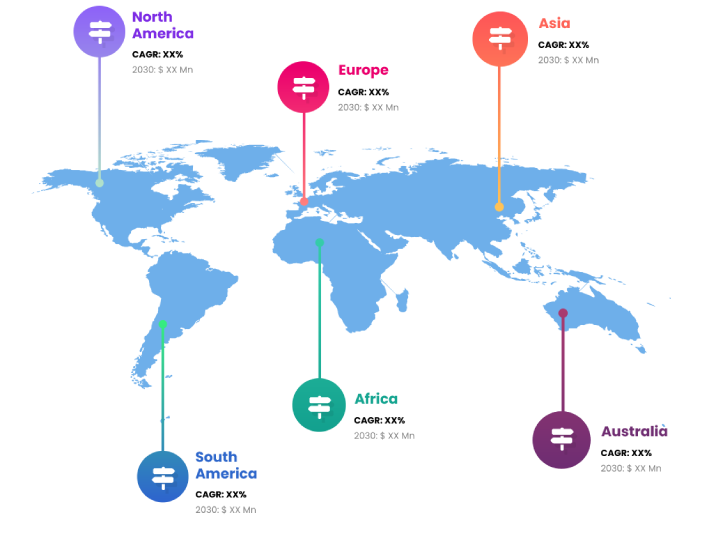
Children who are hard of hearing can benefit from personalized hearing aids made just for them. These tiny, unobtrusive devices are designed specifically for children, helping them hear better and enhancing their capacity to interact with their environment. Hearing aids for children are available in a wide range of sizes and designs to meet the needs of children of all ages and degrees of hearing loss. Their amplification capabilities facilitate the acquisition of speech, environmental sounds, and other crucial auditory cues by children. For optimal social, cognitive, and linguistic development in children, it is essential to intervene early on using pediatric hearing aids. Kids who are hard of hearing really benefit from these aids, which expand their horizons and improve their quality of life.
For people who have trouble hearing, there are gadgets that can boost the volume of noises. A microphone, amplifier circuits, receiver, and batteries are some of the electronic parts that make up a hearing aid. People who have trouble hearing or understanding speech can benefit from these tiny devices, which they can wear in or behind the ear. The incidence of hearing loss in children of all ages has risen sharply in recent years. Congenital or newborn hearing loss is a common diagnosis in children who undergo hearing loss screenings. In children, hearing loss can develop later in life as a result of exposure to loud noises, severe infections, or drug side effects. With their tamper-resistant battery covers, pediatric hearing aids last longer than adult hearing aids. In addition to being in a range of sizes and styles, pediatric hearing aids are free of potentially harmful substances and allergens.
Other important factors anticipated to drive market expansion over the forecast period include the increasing prevalence of hearing loss among children and the growing awareness among parents about the availability of improved hearing aids. Additionally, the growing use of hearing aids is a direct result of these trends. Revenue growth is anticipated to be fueled by technological developments in hearing aids, rising consumer spending power, and a preference for digital hearing aids. Important manufacturers are speeding up their research and development efforts to broaden their product offerings in response to the growing demand for hearing aids with unique features. With the help of modern technology, hearing aids may adapt to different types of hearing loss and improve their overall effectiveness. If a child wears a pediatric hearing aid to school, they will be able to communicate and learn normally with the help of their other assistive equipment. Plus, these hearing aids include built-in LED lights that show when they're functioning, so teachers and parents can keep an eye on them. Over the projected period, these critical aspects are anticipated to contribute to the market's revenue growth even more.
The market for pediatric hearing aids has been affected in several ways by the COVID-19 pandemic. One positive outcome is that more people are aware of the importance of hearing aids and that more people are able to get their hands on them thanks to the increasing understanding of the connection between the virus and hearing loss in youngsters. Nevertheless, there have been temporary setbacks caused by supply chain interruptions and a decline in patient visits as a result of safety concerns and economic difficulties. Despite these obstacles, the market is expected to survive and even thrive in the long run because of the increasing number of children with hearing loss, the focus on early intervention, and the constant innovation in hearing aid techniques.
The most recent development in the field of pediatric hearing aids is the incorporation of AI and ML to improve the functioning of these devices. The use of AI and ML allows for the customization of hearing aids according to the specific requirements of each kid, the improvement of sound quality through the reduction of background noise and the enhancement of speech clarity, and the creation of hearing aids that are both comfortable and easy to use. In addition, rechargeable hearing aids are becoming more popular in the market because of the convenience and environmental benefits they provide. Wireless hearing aids are also becoming more accessible, allowing for enhanced connectivity. Finally, remote programming and telehealth services are becoming more common, making it easier to adjust hearing aids for children with hearing loss. Pediatric hearing care has become more accessible, effective, and affordable thanks to these improvements.
Report Coverage
Global Pediatric Hearing Aids research report categorizes the market for global based on various segments and regions, forecasts revenue growth, and analyzes trends in each submarket. Global Pediatric Hearing Aids report analyses the key growth drivers, opportunities, and challenges influencing the global market. Recent market developments and Pediatric Hearing Aids competitive strategies such as expansion, product launch and development, partnership, merger, and acquisition have been included to draw the competitive landscape in the market. The report strategically identifies and profiles the key Pediatric Hearing Aids market players and analyses their core competencies in each global market sub-segments.
| REPORT ATTRIBUTES | DETAILS |
|---|---|
| Study Period | 2017-2031 |
| Base Year | 2024 |
| Forecast Period | 2024-2031 |
| Historical Period | 2017-2021 |
| Unit | Value (USD Billion) |
| Key Companies Profiled | Cochlear (Australia), Sonova (Switzerland), MED-EL (Austria), William Demant (Denmark), Sivantos (Germany), GN ReSound (Denmark), Starkey (U.S.), Widex (Denmark), Rion (Japan), Sebotek Hearing Systems (Czech Republic), Audina Hearing Instruments (Spain), Microson (Spain), Arphi Electronics (Greece), Horentek (Turkey). |
| Segments Covered | • By Product |
| Customization Scope | Free report customization (equivalent to up to 3 analyst working days) with purchase. Addition or alteration to country, regional & segment scope |
Key Points Covered in the Report
- Market Revenue of Pediatric Hearing Aids Market from 2021 to 2031.
- Market Forecast for Pediatric Hearing Aids Market from 2021 to 2031.
- Regional Market Share and Revenue from 2021 to 2031.
- Country Market share within region from 2021 to 2031.
- Key Type and Application Revenue and forecast.
- Company Market Share Analysis, Pediatric Hearing Aids competitive scenario, ranking, and detailed company
profiles. - Market driver, restraints, and detailed COVID-19 impact on Pediatric Hearing Aids
Market
Competitive Environment:
The research provides an accurate study of the major organisations and companies operating in the global Pediatric Hearing Aids market, along with a comparative evaluation based on their product portfolios, corporate summaries, geographic reach, business plans, Pediatric Hearing Aids market shares in specific segments, and SWOT analyses. A detailed analysis of the firms' recent news and developments, such as product development, inventions, joint ventures, partnerships, mergers and acquisitions, strategic alliances, and other activities, is also included in the study. This makes it possible to assess the level of market competition as a whole.
List of Major Market Participants
Cochlear (Australia), Sonova (Switzerland), MED-EL (Austria), William Demant (Denmark), Sivantos (Germany), GN ReSound (Denmark), Starkey (U.S.), Widex (Denmark), Rion (Japan), Sebotek Hearing Systems (Czech Republic), Audina Hearing Instruments (Spain), Microson (Spain), Arphi Electronics (Greece), Horentek (Turkey).
Primary Target Market
- Market Players of Pediatric Hearing Aids
- Investors
- End-users
- Government Authorities
- Consulting And Research Firm
- Venture capitalists
- Third-party knowledge providers
- Value-Added Resellers (VARs)
Market Segment:
This study forecasts global, regional, and country revenue from 2019 to 2031. INFINITIVE DATA EXPERT has segmented the global Pediatric Hearing Aids market based on the below-mentioned segments:
Global Pediatric Hearing Aids Market, By Type
Over-the-Ear
Custom Hearing Aid
Bone-anchored hearing aid (BAHA)
Cochlear Implant
Others
Global Pediatric Hearing Aids market, By Age Group
Neonatal
Toddler
Children
Teenagers
Global Pediatric Hearing Aids market, Regional Analysis
- Europe: Germany, Uk, France, Italy, Spain, Russia, Rest of Europe
- The Asia Pacific: China,Japan,India,South Korea,Australia,Rest of Asia Pacific
- South America: Brazil, Argentina, Rest of South America
- Middle East & Africa: UAE, Saudi Arabia, Qatar, South Africa, Rest of Middle East & Africa
You will get in-depth and extensive pediatric hearing aids market market research and competitor analysis for your business to help you develop more profound insights into the pediatric hearing aids market Market.
Through INFINITIVE Data Expert is a professional Market Research services, I will identify the pediatric hearing aids market market size, demand & opportunities, growth rate, and target audience with a comprehensive analysis of your competitors.



